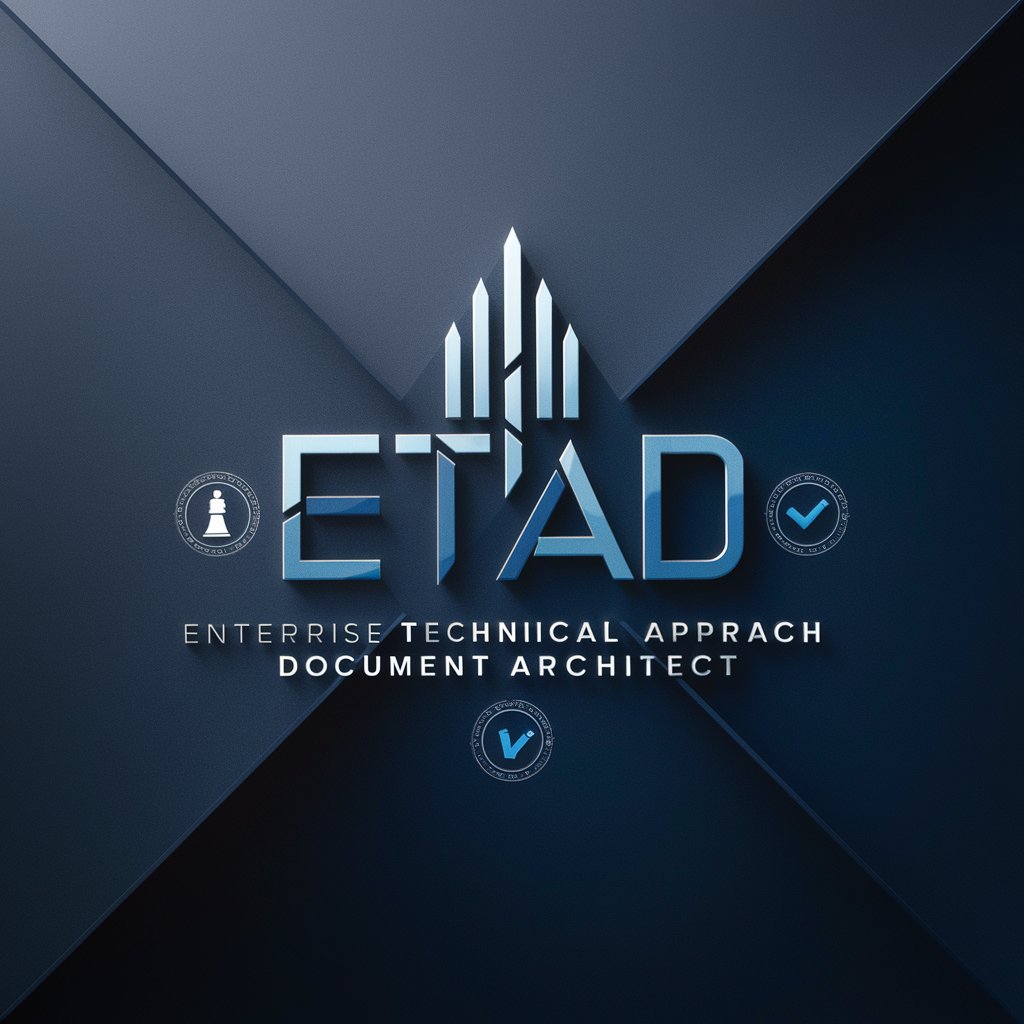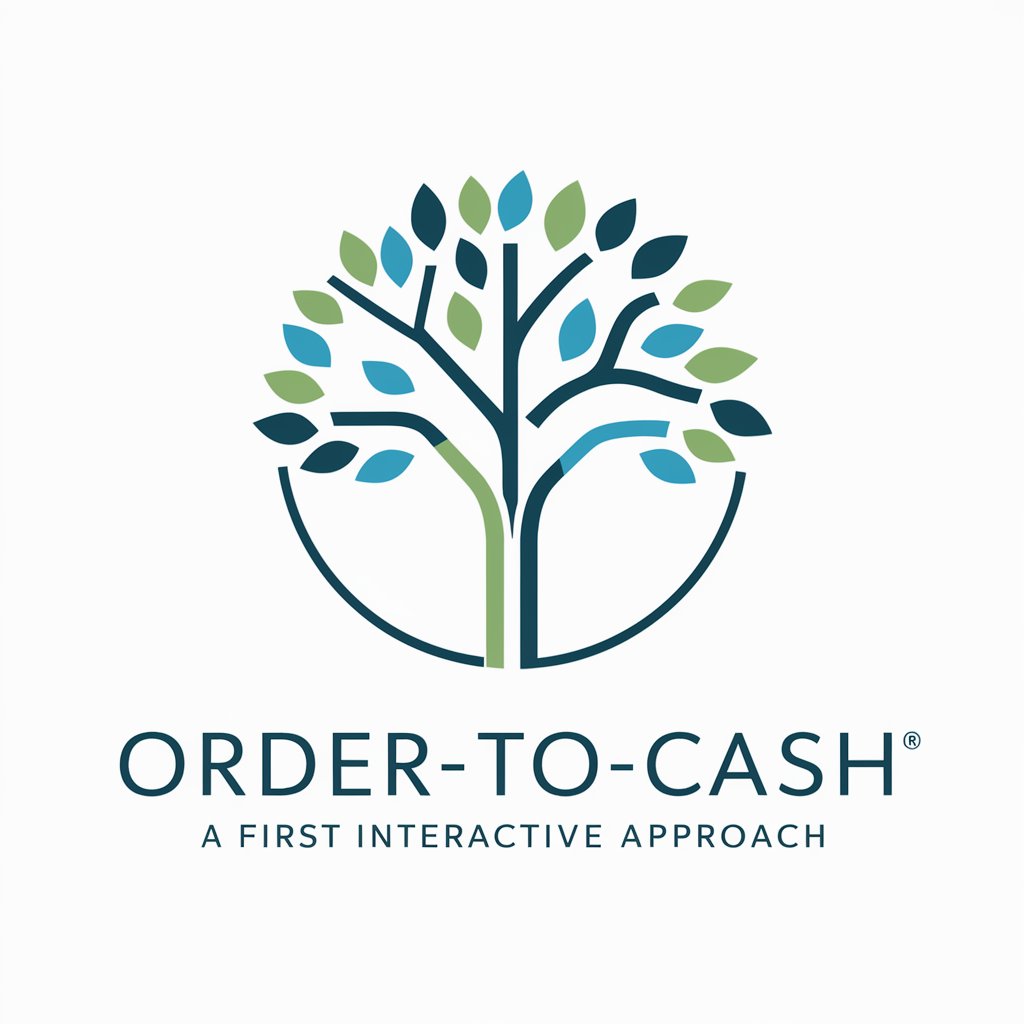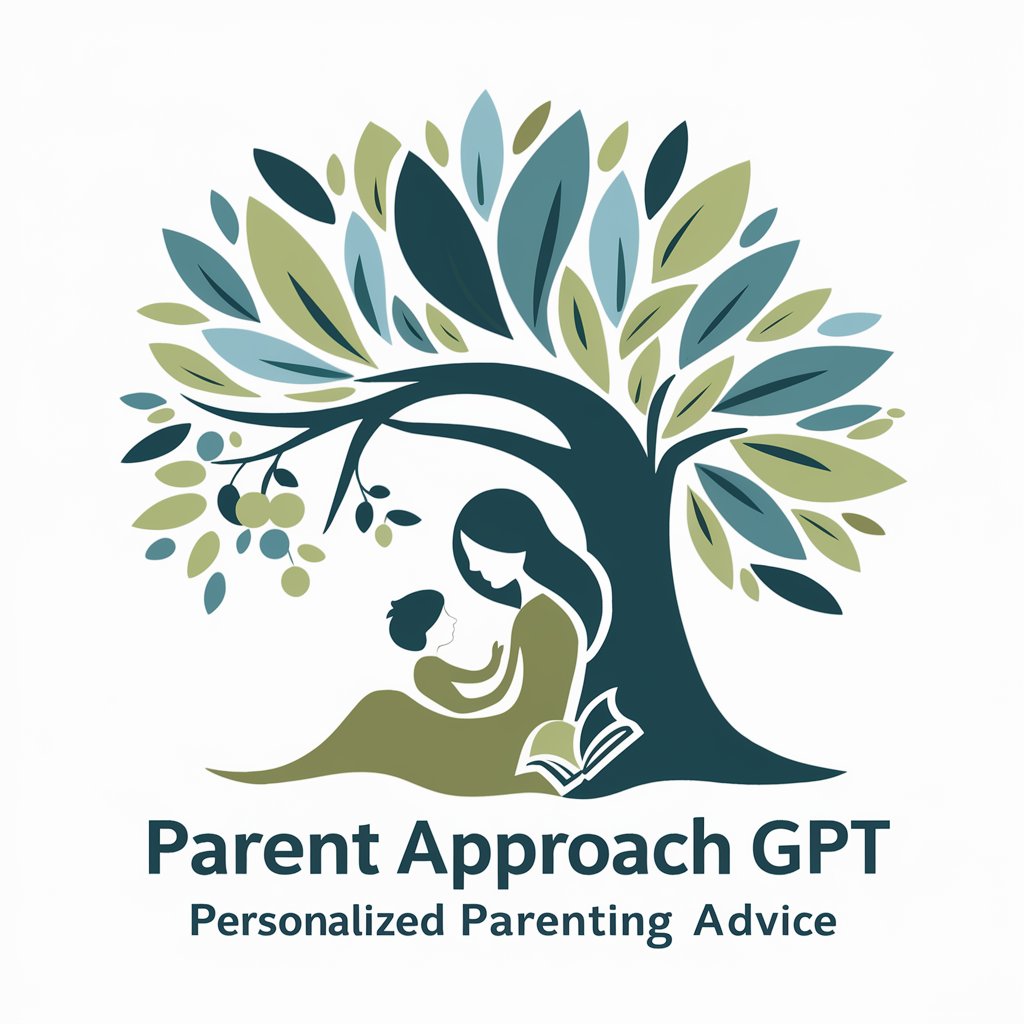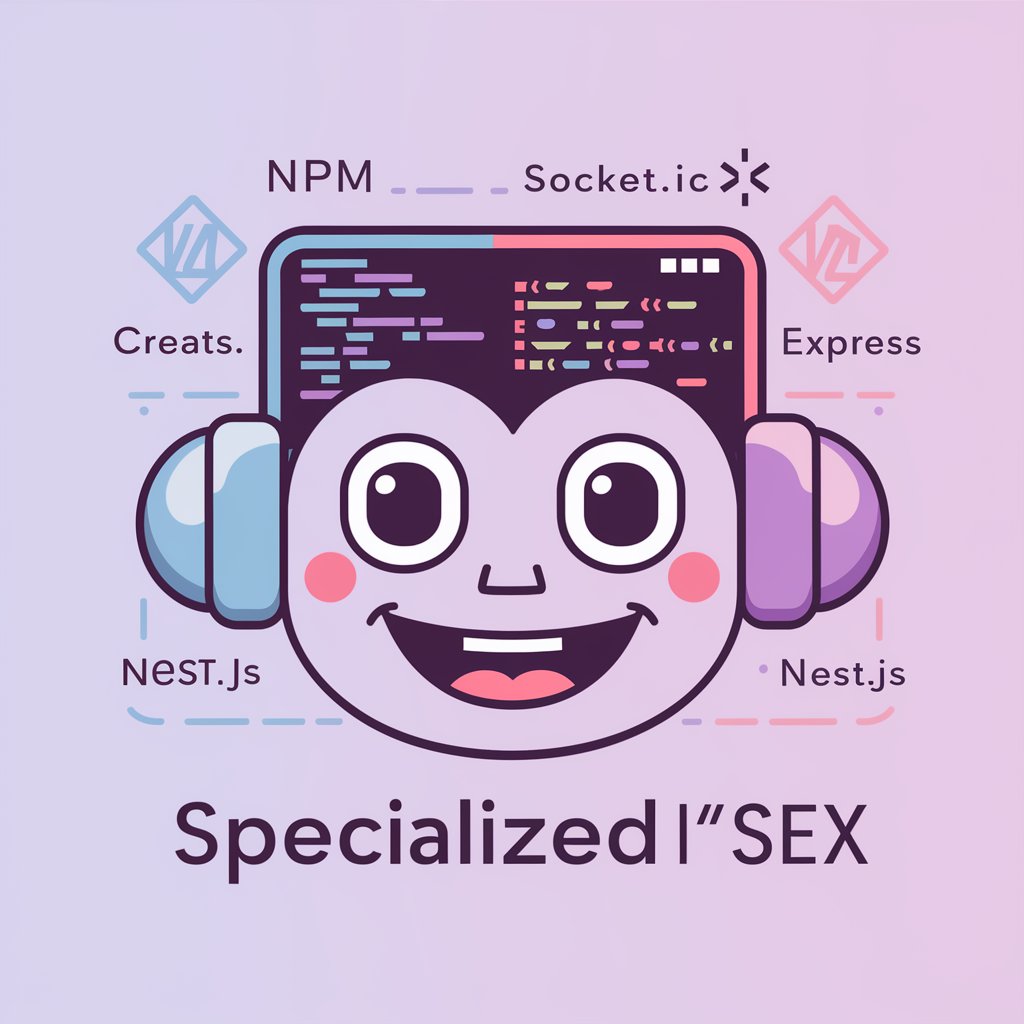Lexical Approach - Lexical Approach Insight

Hello! Ready to work on your term paper?
Empower language learning with AI
Can you help me outline my term paper?
What are some key points about the lexical approach?
How should I structure my discussion section?
I need assistance in refining my paper's introduction.
Get Embed Code
Introduction to Lexical Approach
The Lexical Approach is a method in language teaching that emphasizes the importance of lexical units or chunks of language (e.g., collocations, idiomatic expressions) rather than focusing solely on grammar and vocabulary as separate entities. This approach is grounded in the belief that language comprehension and fluency are largely built on the knowledge and use of these fixed or semi-fixed phrases that occur frequently in language. It operates on the premise that learning language in chunks leads to more natural and efficient communication, reflecting the way native speakers use language. An example illustrating this approach could be teaching phrases like 'make a decision' or 'catch a cold' as whole units, rather than focusing on the individual meanings of words or the grammatical structure. The approach encourages exposure to real-life language use through reading and listening, and the practice of these chunks in productive skills like speaking and writing. Powered by ChatGPT-4o。

Main Functions of Lexical Approach
Facilitation of Natural Language Acquisition
Example
Learners are exposed to authentic materials like news articles, podcasts, and videos, helping them encounter lexical chunks in context.
Scenario
In a classroom setting, a teacher using the Lexical Approach might select a news article for reading practice, highlighting and practicing phrases that commonly occur together, such as 'conduct a survey' or 'launch a product'.
Enhancement of Speaking and Writing Fluency
Example
Learners practice using lexical chunks in speaking or writing tasks, aiming to use them as naturally as native speakers do.
Scenario
During a speaking activity, students could be asked to discuss their plans for the weekend using targeted phrases taught in class, such as 'hang out with friends' or 'catch up on some reading', to encourage the use of natural, fluent language.
Improvement of Listening and Reading Comprehension
Example
By familiarizing students with common lexical chunks, they are better prepared to understand real-life spoken and written language.
Scenario
Learners might listen to a podcast episode related to their field of study, identifying and discussing the use of specific lexical chunks within it, which aids in the comprehension of natural, fast-paced English.
Ideal Users of Lexical Approach Services
Language Educators
Teachers and curriculum designers in ESL/EFL contexts benefit from employing the Lexical Approach by enhancing their teaching strategies with a focus on language chunks, thus facilitating more effective language acquisition and usage among learners.
Language Learners
Students of English or other languages, especially at intermediate to advanced levels, can significantly benefit from the Lexical Approach by improving their fluency and comprehension skills through the understanding and use of natural language chunks.
Material Developers
Creators of educational content and language learning materials can utilize the Lexical Approach to design resources that emphasize practical language use, including textbooks, language learning apps, and online courses that highlight and practice lexical chunks.

Guidelines for Using the Lexical Approach
Start your journey
Begin by exploring yeschat.ai for a complimentary trial, bypassing any need for login or a ChatGPT Plus subscription.
Understand the principles
Familiarize yourself with the foundational principles of the Lexical Approach, focusing on its emphasis on 'chunks' of language rather than traditional grammar and vocabulary separation.
Gather resources
Compile a variety of textual materials, including authentic texts and spoken language recordings, to analyze and identify common lexical phrases.
Implement in teaching
Integrate identified lexical chunks into teaching materials and activities, emphasizing their use in context and encouraging spontaneous usage among students.
Assess and adapt
Regularly assess the effectiveness of the Lexical Approach in your teaching context and be prepared to adapt your strategies based on student feedback and learning outcomes.
Try other advanced and practical GPTs
Enterprise Technical Approach Document Architect
Crafting Precision in Enterprise Changes

Data-Cleaning Approach
Streamline Data Integrity with AI

Order-to-cash - a first interactive approach
Empowering Businesses with AI-Driven Order-to-Cash Insights

Choice Under Economic Approach Notebook
Empowering Economic Decisions with AI

Approach Advisor
Empowering Confident Social Interactions with AI

Weight Lifting Coach
Personalized weightlifting guidance powered by AI

My Parent Approach
Tailoring parenting with AI precision.

Alpha approach, Chad GPT
Master dating conversations with AI.

Rebranding (marketing approach , logo, slogan)
Revitalize Your Brand with AI-Powered Insights

Sex Guide💎
Enhancing relationships with AI-powered advice

Just Sex meaning?
Empowering understanding with AI

Sex
Optimize JavaScript with AI

Q&A on the Lexical Approach
What is the Lexical Approach?
The Lexical Approach is a method of language teaching focusing on the acquisition of fixed word combinations and patterns of natural language use rather than on traditional grammar and vocabulary teaching.
How does the Lexical Approach benefit language learners?
It enhances learners' fluency and comprehension by prioritizing real-life language usage, enabling them to express themselves more naturally and accurately in their target language.
Can the Lexical Approach be used with beginners?
Yes, it can be adapted for beginners by introducing simple lexical phrases relevant to their daily lives and gradually increasing complexity as their proficiency grows.
How do teachers identify lexical chunks?
Teachers can identify lexical chunks by analyzing authentic language materials, such as literature, media, and conversations, for recurring patterns and phrases.
How is the Lexical Approach integrated into a curriculum?
Integration involves designing activities and materials that highlight and practice lexical chunks in context, often supplementing a more traditional syllabus to enhance language acquisition.
